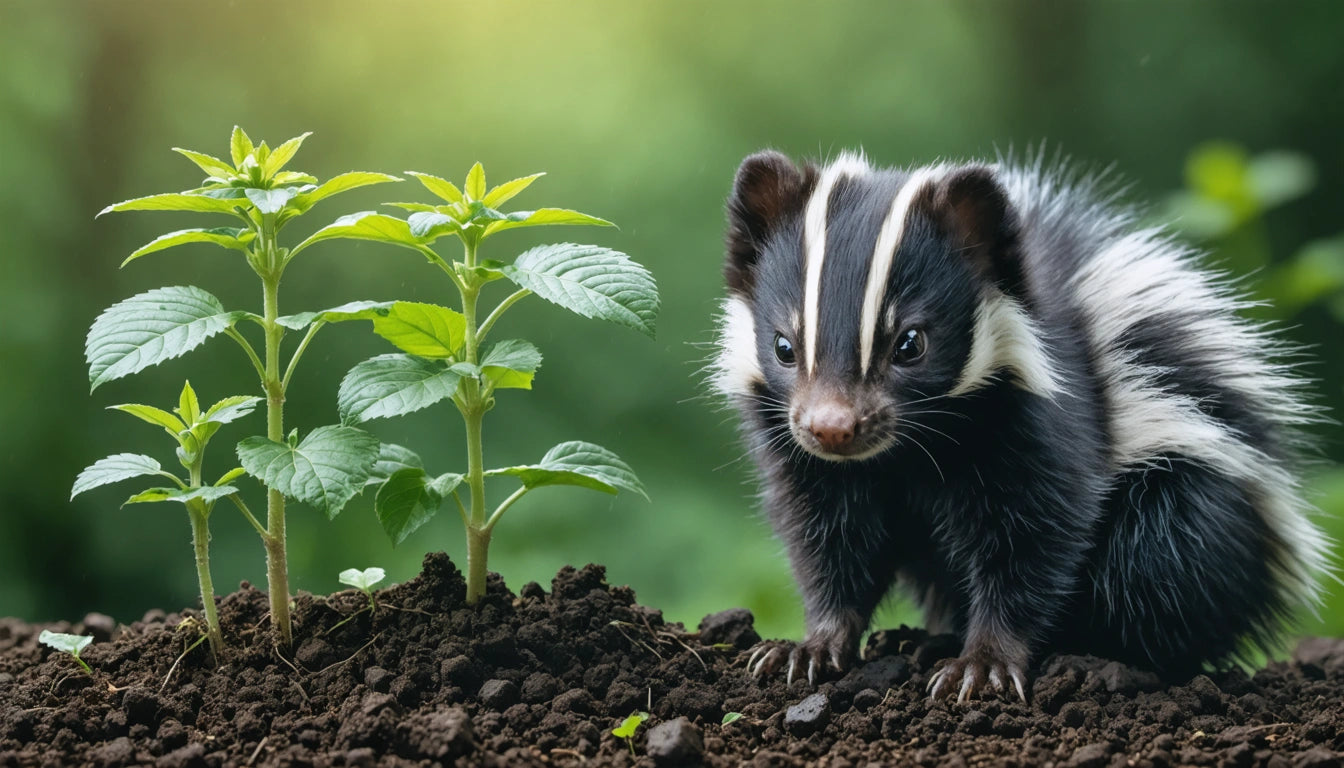Comprehensive Guide to Using and Making Kief: From Prerolls to Edibles
Kief represents one of the most versatile cannabis products available to consumers and processors alike. This powdery substance consists of trichomes that have separated from cannabis flower, containing concentrated cannabinoids and terpenes. Whether you're looking to enhance your prerolls, create potent edibles, or explore concentrate production, understanding how to properly collect, process, and utilize kief can significantly elevate your cannabis experience.
What is Kief? Understanding Cannabis Trichomes
Kief refers to the crystalline structures that coat cannabis flower, containing high concentrations of cannabinoids and terpenes. These trichomes appear as tiny, mushroom-shaped glands visible to the naked eye as sparkling crystals. According to research on kief composition, these trichomes typically contain 50-60% THC, making kief significantly more potent than traditional flower, which averages 15-25% THC.
The amber-colored powder consists primarily of resin glands that serve as the plant's natural defense mechanism against predators and environmental stressors. When separated from plant material, these trichomes become a versatile cannabis product that can be consumed directly or processed into various concentrates.
Collecting Kief: Methods and Tools
There are several methods to make kief at home, each with varying levels of efficiency and purity:
- Three-chamber grinders: The most common method for casual users. The bottom chamber collects kief that falls through a fine mesh screen during grinding.
- Dry sifting: Using silk screening materials of various micron sizes to separate trichomes from plant material.
- Freezing method: Placing cannabis in freezing temperatures before agitation to make trichomes more brittle and easier to separate.
For proper storage of your collected kief, child-resistant jar caps and lids are essential for both safety and preservation. These specialized containers help maintain potency while ensuring compliance with safety regulations, particularly important if there are children in your household.
How to Get Kief to Stick to Prerolls and Joints
Creating kief-coated prerolls, often called "moonrocks" or "caviar," requires a binding agent. Here's how to get kief to stick to your preroll or joint:
- Apply a binding agent: Lightly coat the outside of your joint with honey, cannabis oil, or distillate.
- Roll in kief: Gently roll the sticky joint in a container of kief, ensuring even coverage.
- Dry properly: Allow the joint to dry completely before smoking to prevent uneven burning.
For commercial producers, specialized equipment can automate this process for consistent results. The key challenge is finding the right balance of moisture in your binding agent to ensure the kief adheres without compromising the joint's structural integrity or burn rate.
Making Edibles with Kief: Step-by-Step Guide
Yes, you can absolutely make edibles with kief, and many consumers prefer using kief over flower for edibles due to its higher potency and easier dosing. Before incorporating kief into any recipe, decarboxylation is essential to activate the cannabinoids.
Decarboxylating Kief in the Oven
To decarboxylate kief in the oven:
- Preheat your oven to 245 °F (118 °C).
- Spread kief evenly on a parchment-lined baking sheet.
- Bake for 20-25 minutes (less time than flower due to kief's lack of plant material).
- Allow to cool completely before handling.
The process converts THCA into psychoactive THC through heat exposure, making your kief ready for culinary applications. For more detailed guidance on cannabis cooking, see this comprehensive guide to homemade edibles.
How to Make Kief Butter
Kief butter serves as a versatile base for countless edible creations:
- Melt 1 cup of unsalted butter in a saucepan over low heat.
- Add 1-2 grams of decarboxylated kief (adjust based on desired potency).
- Simmer on low heat for 45 minutes, stirring occasionally.
- Strain through cheesecloth if desired (though kief typically leaves minimal plant material).
- Refrigerate in an airtight container.
This infused butter can be substituted in any recipe calling for regular butter. For oil-based recipes, follow a similar process using canna-oil preparation methods.
Transforming Kief into Concentrates
Kief serves as an excellent starting material for creating various cannabis concentrates at home.
How to Turn Kief into Wax
Creating wax from kief involves applying heat and pressure:
- Place kief in a folded piece of parchment paper.
- Apply heat (around 250 °F) using a hair straightener or rosin press.
- Press firmly for 5-10 seconds.
- Collect the resulting oil that seeps out, which will harden into a wax-like consistency.
This solventless extraction method produces a clean concentrate without chemical residues. For more advanced techniques, refer to this guide on transforming kief into hash.
Can You Dab Kief?
While you can technically dab kief, it's not ideal in its raw form. Kief contains plant material that can burn unevenly and potentially damage your dab rig. For better dabbing results:
- Press kief into rosin first using the method described above.
- Use a screen in your dab rig if dabbing raw kief.
- Start with lower temperatures to prevent scorching.
Most experienced users prefer to process kief into a more refined concentrate before dabbing for a cleaner experience and better flavor profile. For those interested in creating extracts, this DIY guide provides additional insights.
Storage and Preservation Tips for Maximum Potency
Proper storage is crucial for maintaining kief's potency and preventing degradation:
- Store in a cool, dark place away from direct light.
- Use airtight glass containers rather than plastic, which can create static and cause kief to stick.
- Consider adding a humidity control pack designed for cannabis to maintain optimal moisture levels.
- Avoid frequent opening of storage containers to prevent exposure to oxygen and humidity fluctuations.
When stored properly, kief can maintain its potency for 6-12 months. For the best preservation, many enthusiasts recommend freezing kief in an airtight container, which can extend shelf life significantly while preserving terpene profiles.
Whether you're enhancing prerolls, crafting potent edibles, or exploring concentrate production, kief offers remarkable versatility for both recreational users and medical patients seeking higher potency options with minimal processing requirements.











Leave a comment
All comments are moderated before being published.
This site is protected by hCaptcha and the hCaptcha Privacy Policy and Terms of Service apply.